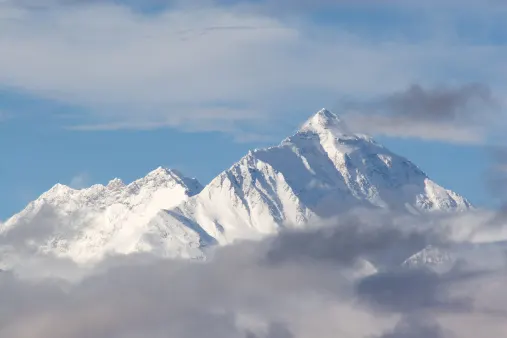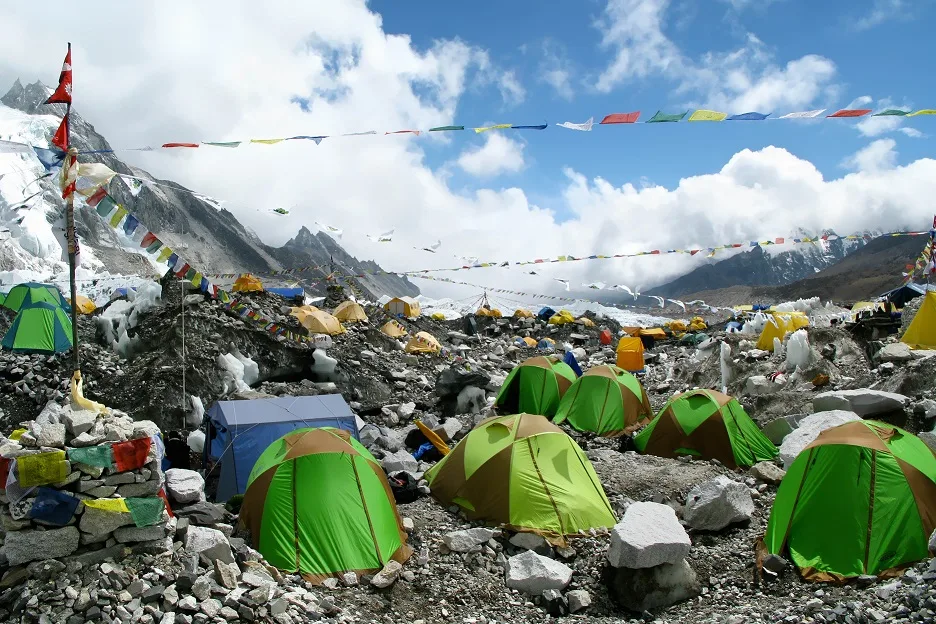
Mount Everest "Death Zone" now home to world's highest weather stations
Earth's tallest mountain is now home to the world's highest weather stations thanks to an expedition that concluded this week.
A team of scientists representing several universities, government, and private agencies deployed three fully automated weather monitoring stations during the expedition, one at 6,464 metres, one at 7,945, and another at 8,430 metres -- now the highest station in service and about 400 metres shy of the mountain's famous peak.
"This is a new window into the planet," said Paul Mayewski, director of the Climate Change Institute at the University of Maine and the expedition's scientific leader told National Geographic.
The team's mission on the mountain covered many disciplines as they collected water, rock, and snow samples, installed sensors to record vegetation growth and surveyed the terrain with laser imaging known as LiDAR. They also took an ice core sample from above 8,000 metres -- again, the highest such sample on record.
The peak was also slated to get an observing station, but the team was prevented from making it to the top of the mountain by record crowds on Everest this spring.

Colourful tents and Tibetan prayer flags at Everest Base Camp, Khumbu Region, Nepal. Image courtesy Getty Images.
Plans were also in place to take ice core samples from the location of the highest station at a point known as "the Balcony" -- these were disrupted by pollution at the site. According to ScienceAlert, researchers found the Balcony "too contaminated by human waste and discarded oxygen canisters" to take valid samples.
While the surface-sampling of ice and water will help scientists monitor changes in track changes in glaciers over time, the 2-metre-tall weather stations give scientists a unique opportunity. Atop Everest, these stations will be high enough to tap into the jet stream as it traverses central Asia, collecting data considered key to understanding climate changes.
If you're curious about readings from the new weather stations, you're in luck. You can check out the data, here.
Sources: National Geographic | Tech Crunch | ScienceAlert









